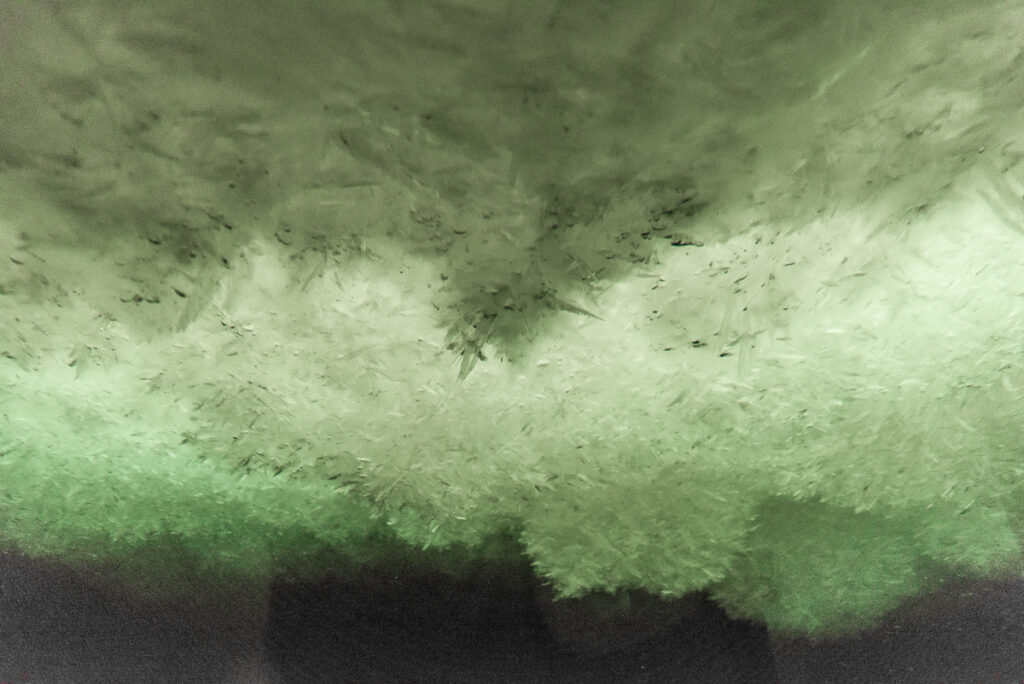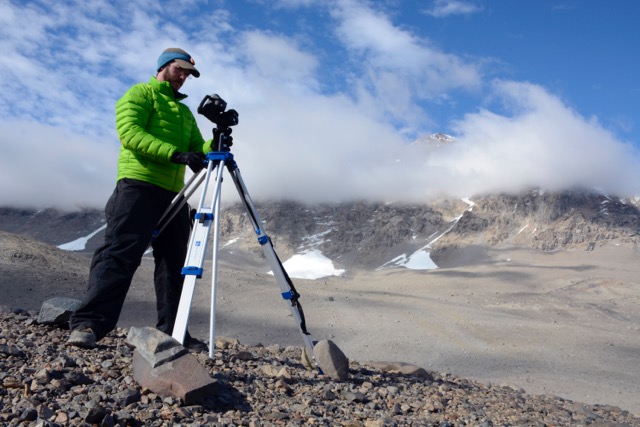Like Earth, Mars once had a strong magnetic field that shielded its thick atmosphere from the solar wind. But now only the magnetic imprint remains. What’s long baffled scientists, though, is why this imprint appears most strongly in the southern half of the Red Planet. A new study from the University of Texas Institute for… Continue Reading Molten Martian Core Could Explain Red Planet’s Magnetic Quirks
Underwater Snow Gives Clues About Europa’s Icy Shell
Below Europa’s thick icy crust is a massive, global ocean where the snow floats upwards onto inverted ice peaks and submerged ravines. The bizarre underwater snow is known to occur below ice shelves on Earth, but a new study shows that the same is likely true for Jupiter’s moon, where it may play a role… Continue Reading Underwater Snow Gives Clues About Europa’s Icy Shell
Massive Martian Ice Discovery Opens a Window into Red Planet’s History
Newly discovered layers of ice buried a mile beneath Mars’ north pole are the remnants of ancient polar ice sheets and could be one of the largest water reservoirs on the planet, according to scientists at The University of Texas at Austin and the University of Arizona. The team made the discovery using measurements gathered… Continue Reading Massive Martian Ice Discovery Opens a Window into Red Planet’s History
Depressions on Mars could be Oases for Past Microbial Life
Strange, funnel-shaped depressions on Mars could be a new place to look for signs of life on the Red Planet, according to a new UTIG-led study. Continue Reading Depressions on Mars could be Oases for Past Microbial Life
Joseph Levy Named NASA Early Career Fellow
UTIG’s Joseph Levy receives backing from NASA to study erosion on Titan, Saturn’s largest moon Continue Reading Joseph Levy Named NASA Early Career Fellow





